Remember the No. 1A Folding Pocket Kodak, R.R. Lens Type? With such a distinctive name, who could forget it?
Not like the cameras nowadays – all DSC-something-cybersomething-shot-pix – they all blur together. Naming conventions were different in the early 1900s. Over the course of half a century, Kodak only made around 50 cameras with the word “folding” in the title, 50 with the word “pocket” in the title, and a good 125+ cameras starting with the name “No.” followed by a a number between 0 and 6, often with the letter “A” behind it, occasionally a “C”, but almost never a “B”. But only 6, made over the course of 16 years, with “No. 1A Folding Pocket Kodak” in the title. And only this one included “R.R. Lens Type,” though they could just as easily have thrown “autographic” into the title to make it distinctive. And then you think you have it all figured out, and you go to a website talking about the camera, and the picture they have looks different.
For what it’s worth, “R.R.” stands for Rapid Rectlinear, a lens type developed in 1866. No idea why it was considered significant enough as a component of this camera, manufactured between 1912 and 1915, to be included in the camera’s name. But it was. Here is a close-up:
So the problem with testing this 100-year-old camera is that it uses 116-size film, which was manufactured for 85 years, but for the last time in 1984. The closest-sized medium format rollfilm is 120, which is 56 millimeters wide, unlike 116 which is 70mm wide. As is accurately noted on the Camerapedia website, however, “with some ingenuity,” 120 film can be used in a 116-film camera.
Basically, you have to unroll the film from a 120 roll and re-roll it into a 116 roll, in the right place so the film is exposed when the number in the back window is showing, and tape down the end, and roll the whole thing back up – and all in complete darkness. You end up with photos where the top and bottom few millimeters are cropped, and because the 120 film is also not as long as the 116 film was, 7 exposures instead of 8.
Figuring out the settings is a little tricky because the shutter speed for the camera only goes up to 1/100 of a second, but you can adjust with the small aperture settings. To focus, however, you move the entire lens forward or backward in accordance with the markers shown below, which (I think this is interesting) are marked in both feet and meters.
So enough description already! How did the pictures turn out?
Well, the first roll I used was a roll of color film, but somehow I ended up getting mixed up, and processed it as black and white. And here are a couple of the pictures I ended up with:
So before I shared my results, I ended up doing a “do-over”, with actual color film that was processed as color film. The results were interesting – what you’d expect with expired film, for example – but the film was new and fresh. No idea about the color aberrations you see in the pictures, but they are definitely unique and interesting.
The line that is seen near the top edge of some of the pictures is most likely due to not having added enough of one or another chemical during the developing process.
And finally, the white “cloud” seen in the final photo may actually have been a scrap of paper that ended up in the tank somehow. Remember, the developing tanks are loaded in complete darkness. There’s no telling what may end up in one of these tanks one day. And for what it’s worth, the overhead shots are taken from the top of the Chennai lighthouse – the community below is a fishing community – there’s a daily market toward the left side of the frames. We’ll be doing a photowalk there this weekend, so keep an eye out for the pictures that will come out of that effort. It’ll be from another camera, as this one will go back to the shelf for now.
One last question for anyone who may be interested. There is something scratched on the inside of the back cover of the camera. Can you read it?

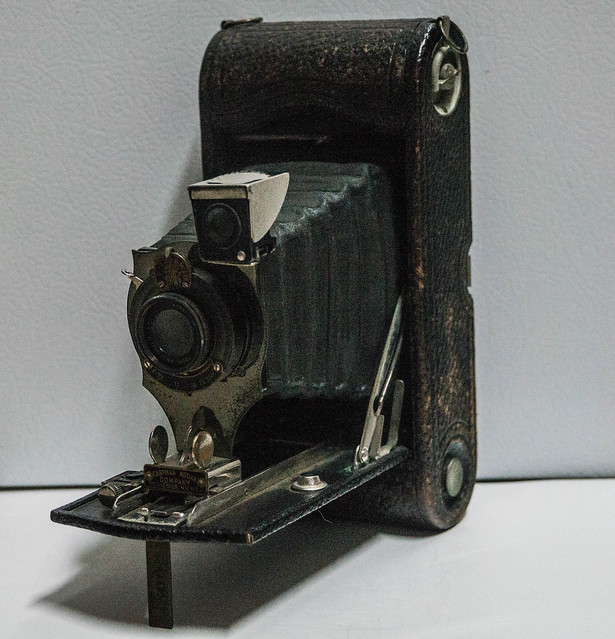
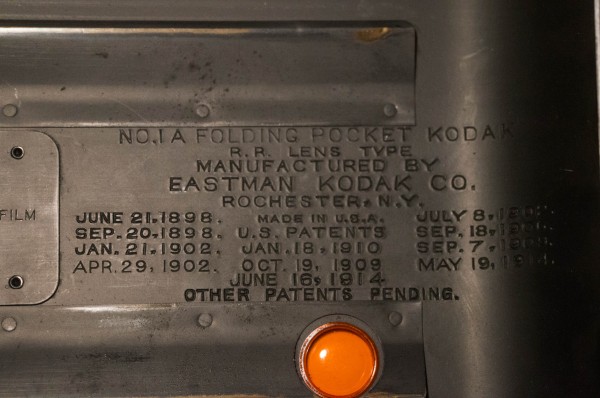
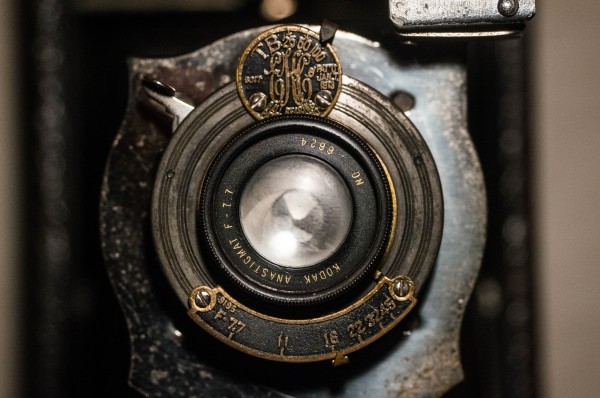
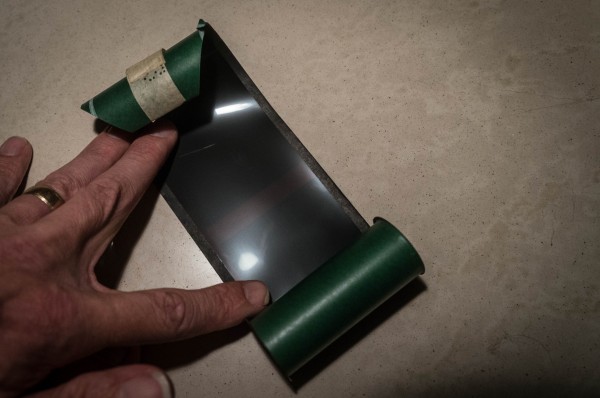
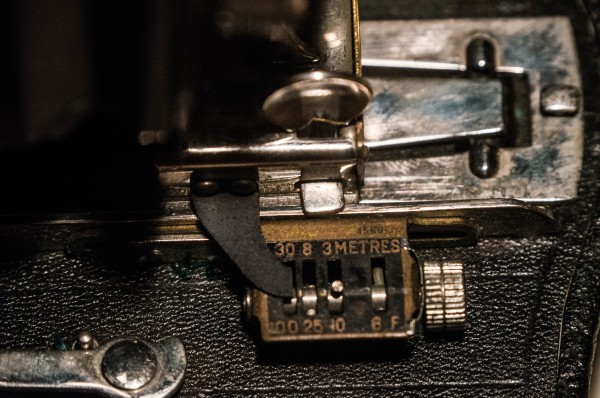
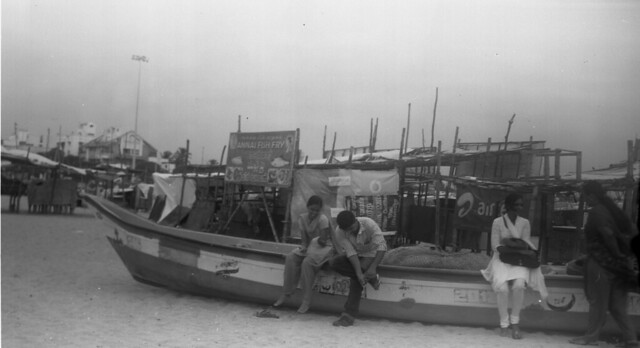
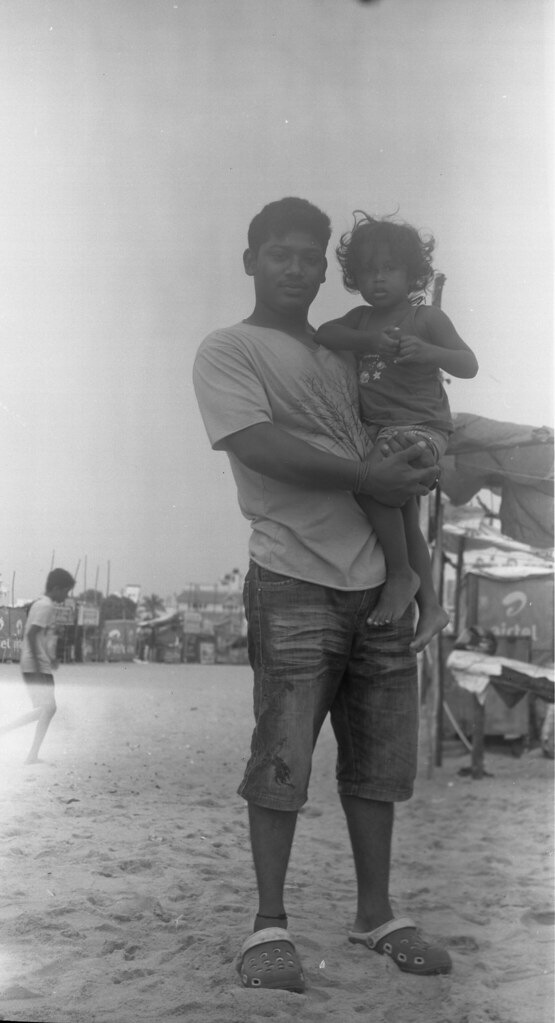
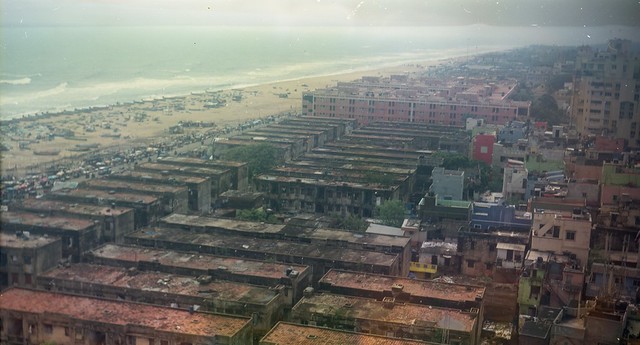

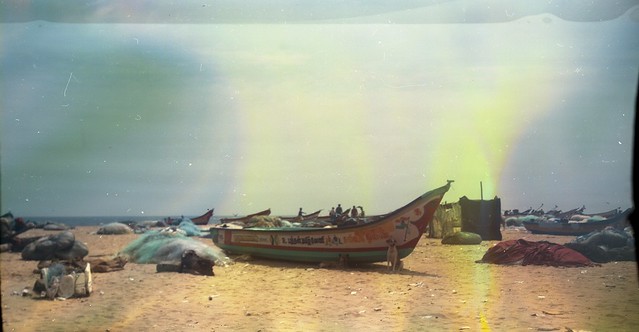
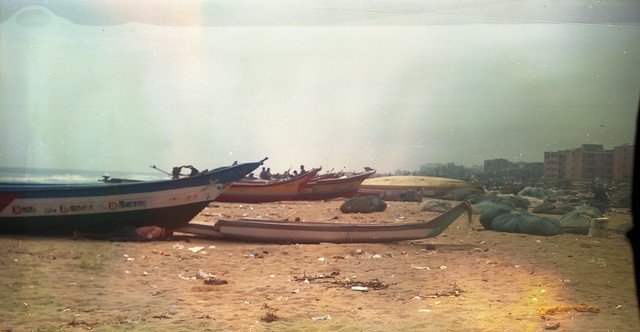
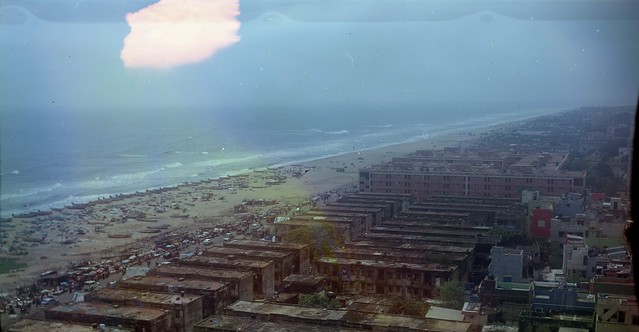
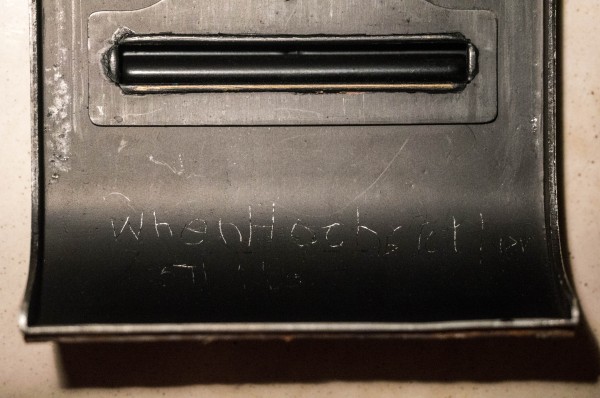

Pingback: Week 7 – Workshop Challenge